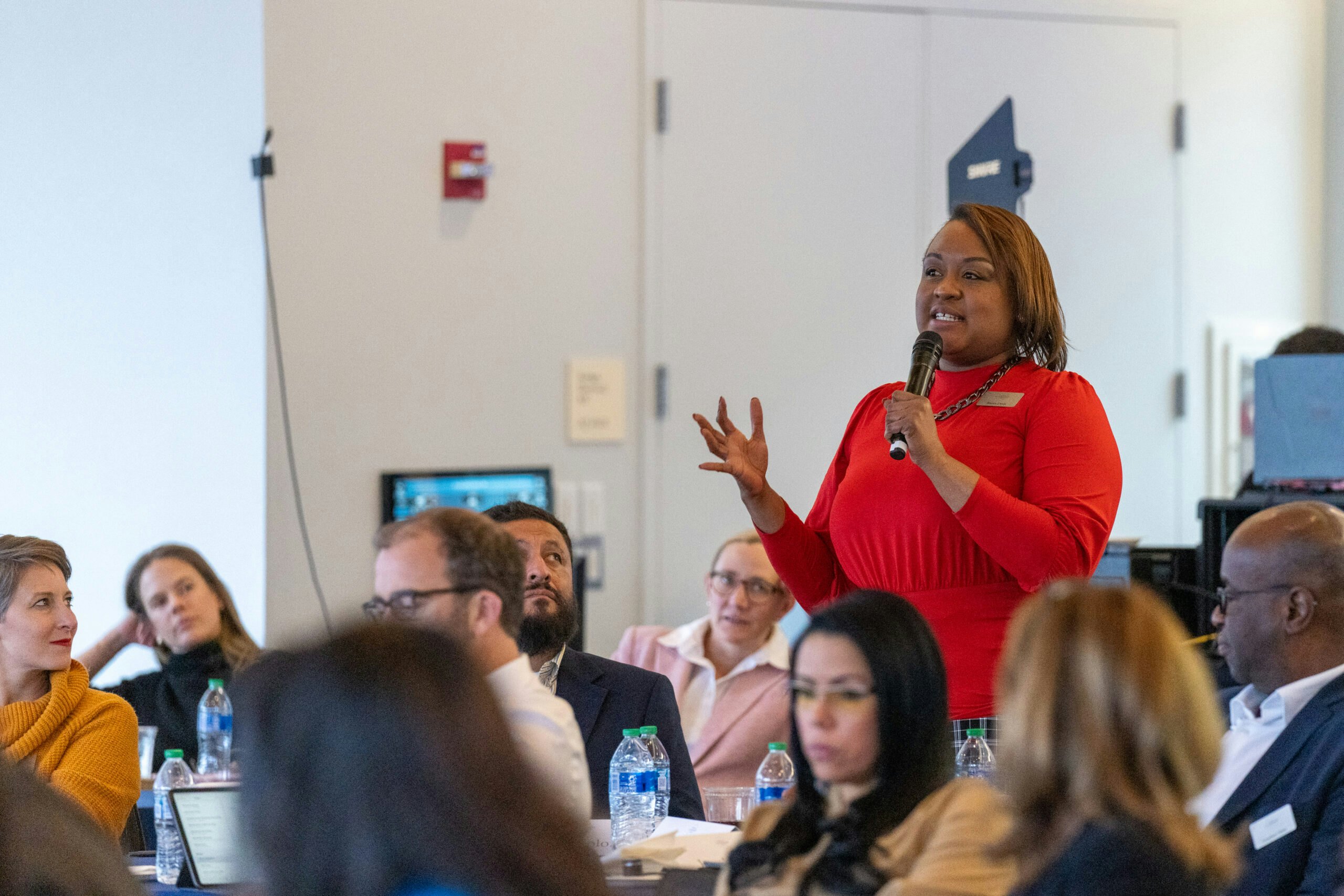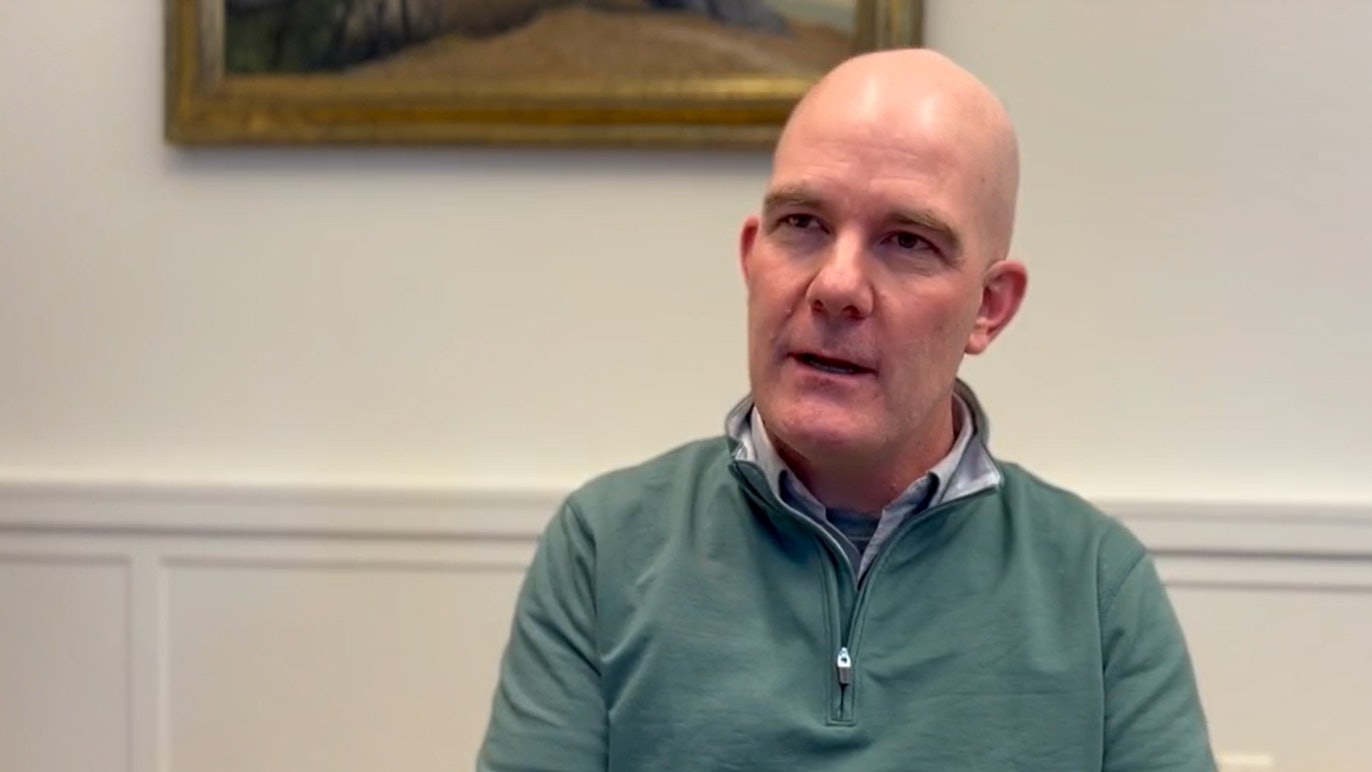Print journalism’s financial model has faced a body blow, a digital revolution has impacted all fields of journalism, and too many community-based news operations have withered away.
But what in local journalism should hearten us? What should encourage us if we believe in informed citizens being a cornerstone of our democracy?
Here are encouraging trends:
Revitalizing local journalism in California and Texas – The American Journalism Project (AJP), a philanthropy devoted to strengthening local and state news operations, announced in early September its support for the formation of the L.A. Local News Initiative and its investment in Texas Tribune’s forthcoming local news operations in Texas cities.
AJP has put money into both projects, whose goals are to provide hyperlocal coverage in America’s two most populous states. In some places in those states, local reporting resources have been in decline.
The L.A. Local News Initiative formed after AJP and Los Angeles leaders conducted listening sessions across the city and researched 244 of the city’s ZIP codes. The deep dive interviews, conducted in six languages, revealed residents weren’t finding enough information about their neighborhoods. They didn’t think their views were reflected in local media. And they wanted more information about how to get involved in civic activities.
“People wanted more hyper-local coverage,” Sarabeth Berman, AJP’s CEO, said during a recent interview.
In response, foundations and donors from Los Angeles and around the country have raised $15 million to fund a new nonprofit that will support and run newsrooms across LA.
Berman pointed out during a recent interview how community journalism operations like Boyle Heights Beat provide news for the Boyle Heights neighborhood and East LA The L.A. Local News Initiative will now operate the Boyle Heights Beat’s bilingual newsroom. And it will launch similar operations in other neighborhoods.
The L.A. Local News Initiative likewise will invest in LAist, which is part of Southern California Public Radio, and CalMatters, a statewide nonprofit site that covers California politics and issues. The organizations will report on issues that impact the LA region and bring a local perspective to California topics. “Gaps have existed in regional reporting, but we knew outlets existed,” Berman said, explaining the strategy of investing in existing sources of information.
Texas Tribune’s project will begin with creating a newsroom in Waco early next year. One in Austin will come after that. In other places, Texas Tribune will partner with existing news outlets to deepen coverage of a community. The goal is to grow a network of local newsrooms across Texas.
The payoff for our democracy is a more informed public. That leads to a greater awareness of a community’s needs, how to meet them, and which officials to hold accountable. It also means learning about good restaurants, which local team pulled out a victory, and what events are occurring in neighborhoods. All things that help build a community.
Media literacy and collaboration in Oklahoma – The Oklahoma Media Center (OMC), which I last wrote about here, released a video in August to help Oklahoma viewers understand how they benefit from the information journalists provide. The one-minute animated presentation, which is modeled after the Schoolhouse Rock! series of short films, emphasizes how holding leaders accountable, reporting on government agencies, and verifying facts secure our liberties.
In-depth reporting, fact-checking, and accountability journalism don’t come free, of course. The work takes time and costs money. That’s why the new Free Press Isn’t Free video emphasizes the need to pay for the information that keeps us free, whether through subscriptions, donations, or advertising.
“Society pays a cost when we don’t have verifiable information,” OMC Executive Director Rob Collins says.
The center, which is a collaboration of more than 30 Oklahoma news organizations, also has been partnering with the Trusting News nonprofit to build greater understanding across the state about the media. The organizations used University of Oklahoma and Oklahoma State University research to help participating news operations understand how Oklahomans perceive the media and how well they think the media serves them.
The discoveries included these recommendations for media organizations:
- Find more convenient ways for busy readers, viewers, and listeners to receive news and information.
- Be intentional in asking citizens their information needs.
- Explain the values of your organization and be clear about the value your outlet brings to a community.
The findings resulted in action, too. The Oklahoman’s opinion pages are publishing the voices of Black readers whose communities have suffered discrimination. The Oklahoma Press Association worked with two newspapers in using reader feedback to better align the papers’ coverage. And a public radio station and a statewide news site held listening sessions to learn from participants while also explaining the work of the journalism organizations.
Yes, audiences still exist for quality work – A new Poynter Institute for Media Studies report details how the state of play is not all dark and gloomy for the journalism industry. Poynter President Neil Brown, a co-author of OnPoynt: Values Rising, calls the study a “forward-minded look at the state of journalism.”
These are among the findings:
- Americans still have a strong interest in the news. Pew found this summer that more people were following coverage of this year’s election than four years ago. They also are following stories about local weather and climate-related issues. “Stories that provide context have high value,” the report emphasizes. Audiences want complex stories explained, solutions offered, and inspiring stories presented.
The uptake here is that audiences still exist for reliable, independent journalism. And finding those audiences matter, even if they are fragmented. Without them, news organizations can forget financial sustainability.
- New forms of storytelling are emerging. Yes, many traditional journalists have lost their jobs – too many. But “content creators” have emerged to provide news and information through newsletters and social media platforms. The report notes there are 207 million “creators” in the world. Eighty percent of them make $50,000 or less. But they are publishing newsletters and other written content on platforms like Substack, which has more than 1 million paid subscribers. Perhaps that’s why Ted Williams, a former member of the Charlotte Observer’s management team, has a plan to buy his former newspaper that would capitalize on this trend through providing local newsletters.
True, some new creators’ work is fluff that does not meet journalistic standards. But, as Poynter reports, those that survive are likely to be the ones that offer reliable, quality work. Jessica Yellin’s News Not Noise newsletter is a good example of how new forms of professional work expand the media landscape.
Innovation is on the rise – Values Rising emphasizes a number of innovative approaches to serving communities. One is how public radio and television stations in 79 markets are focusing on growing their digital audiences and expanding beyond drive-time audiences. The Corporation for Public Broadcasting (CPB), working with the Poynter Institute, is taking this strategy into 225 markets. So far, the project has resulted in $3.1 million in new digital revenue and 10 million new digital users/subscribers for the first 79 stations, CPB reported this summer.
Turning to local journalists during disasters – None of us want a hurricane to strike, but local journalism matters when one does. Look at how North Carolinians are turning to their local media to find out the facts about Hurricane Helene’s devastation. Axios notes that amidst road closures, lost cell signals, and power outages, people are turning to traditional media, especially radio, for reliable information.
Disinformation and misinformation can easily spread once a disaster strikes. In the case of North Carolina, though, local reporters have been working overtime to provide factual information. That includes debunking false videos, including one that featured an AI-generated tornado, and rumors about the safety of drinking water, Axios reports. In the case of radio, Blue Ridge Public Radio and News Radio 570 WWNC have been taking calls on air to help families connect with loved ones.
Local journalism will continue to play a key role as wild weather becomes more prominent in communities, whether that’s raging wildfires, devastating tornadoes, atmospheric rivers, or winter storms. Journalists live in those same towns. They know the people. They know the environment. On top of all that, they know how to verify the truthfulness of information.
The bottom line to all of this is strong local journalism keeps citizens informed. And an informed citizenry is crucial to our communities, state, and nation. These trends are not cure-alls, but they do provide some hope for our democracy.






























